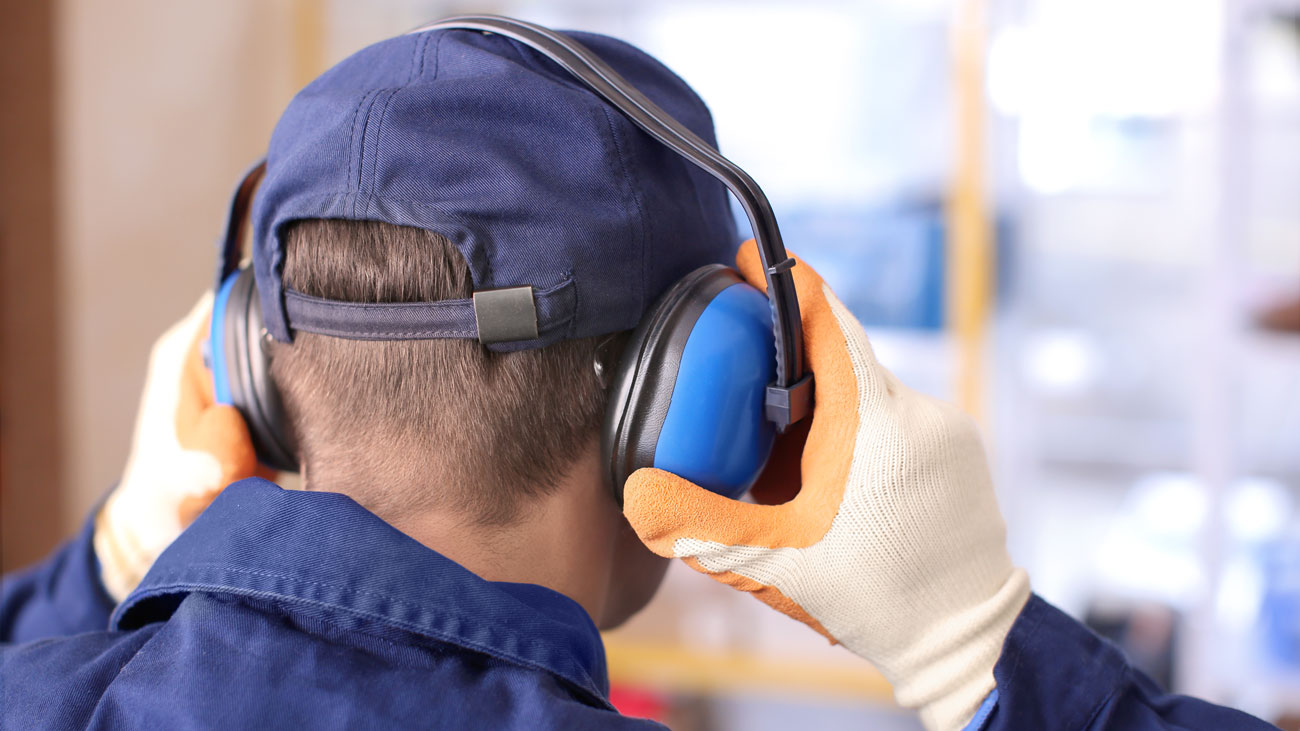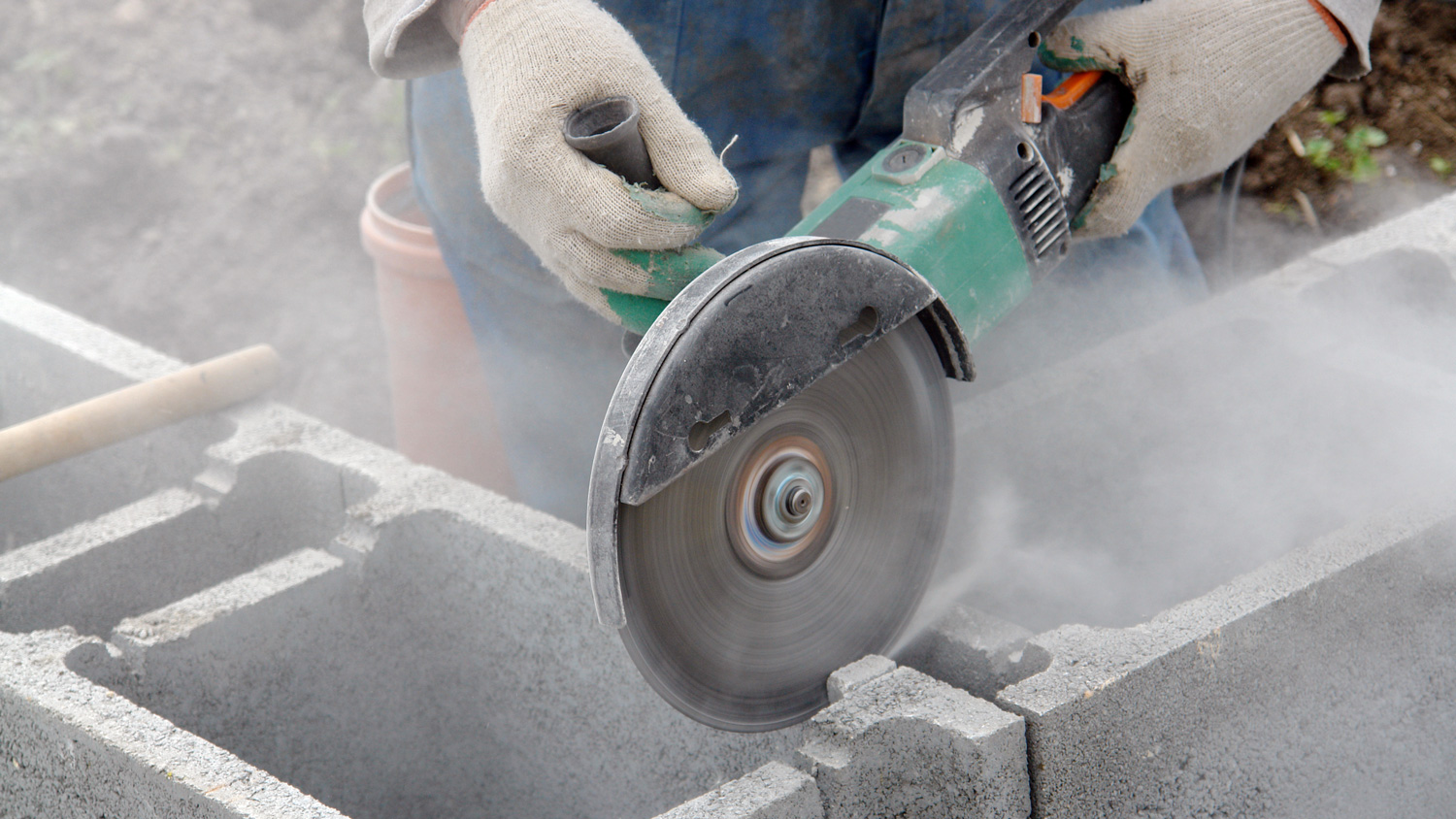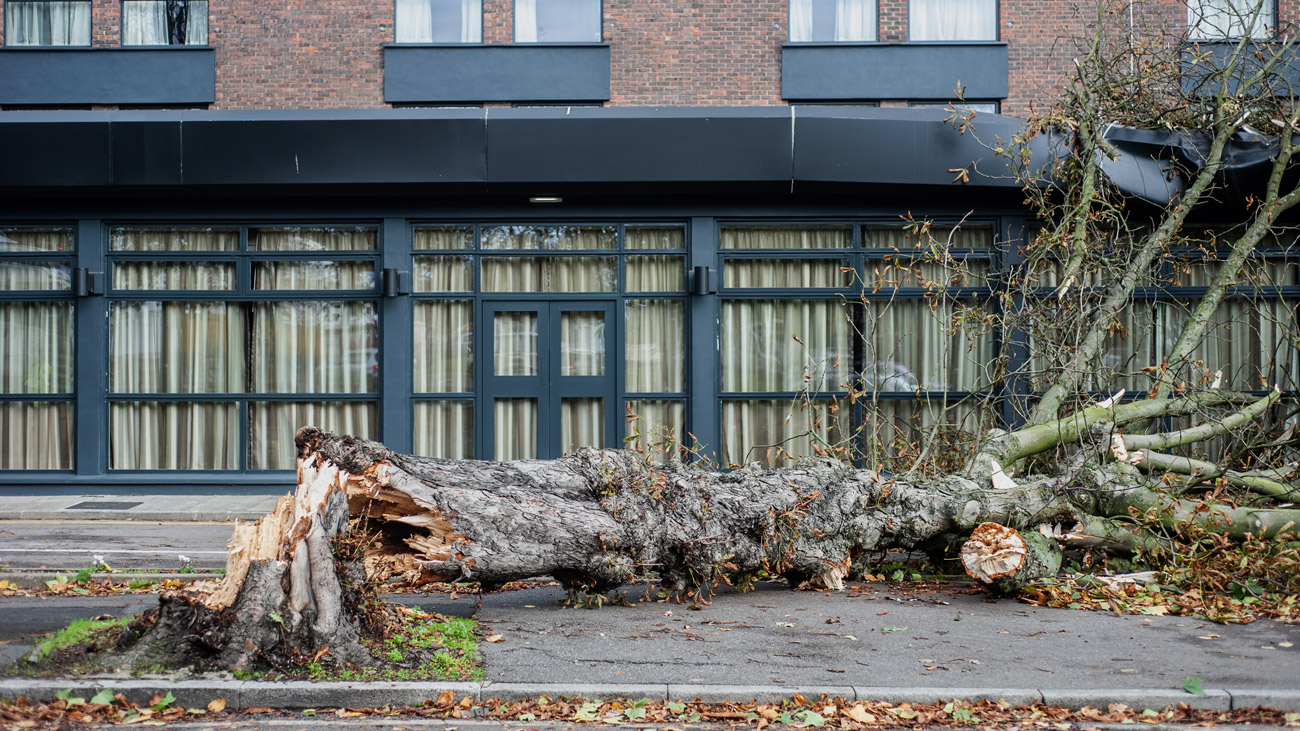
Noise at work: hearing protection isn’t enough
The rates of hearing loss in industry are exceptionally high as a result of a lack of protection against noise in the workplace. Claire Deacon PhD, Health and Safety Consultant with International Workplace, explains that providing hearing protection isn’t sufficient.
The fear of missing out (FOMO), I believe, must be what those who suffer hearing loss must feel. Imagine not being able to hear what your child or grandchild is saying, or your spouse, or being accused of not listening. If you have ever had serious wax blockages in your ears that have needed to be washed out, and you can suddenly hear, then you may relate to what FOMO is.
Despite very good legislation, and many programmes to monitor noise levels at work, as well as testing hearing, employees at all levels go deaf. The loss is slow. You don’t really know the loss is there until it is too late. Hearing loss cannot be repaired or healed.
It is the responsibility of the employer to manage areas where there is a potential risk to the health and safety of employees at work. The hierarchy of control should be applied to limit the overall risk of Noise Induced Hearing Loss (NIHL) to employees. There are a number of ways in which risk can be managed or limited, which are:
- Hazard identification of workplace risk;
- Assessment of the level of risk;
- Measurement of the risk;
- Reducing or eliminating the risk; and
- Management of the risk.
Hazard identification of workplace risk
A detailed understanding of the working environment is required in order to identify the risk of each activity related to the business. Each activity needs to be broken down into sub activities. Who does what and when, what equipment is used, how is it used and what noise levels are emitted. Then you needs to know how bad or serious the health effects are of each of the sub activities.
What is noise?
Noise is mostly defined as ‘unwanted noise’. Unwanted noise, or nuisance noise is that noise that really annoys you – a neighbour drilling or grinding on a peaceful Saturday afternoon when you want to catch up on sport or soaps. Except that that noise normally goes away after a while.
The HSE provides some practical examples of how to identify where there is the possibility of a problem area in the workplace:
- Intrusive noise for most of the day;
- The need to raise voices to have a conversation, or to hear a colleague at less than two metres away; and
- Impact tools, guns, pneumatic tools (jack hammers) etc.
Another way of determining whether noise is too loud is when you leave a very noisy area and your ears are ringing, or sound around you appears muffled. The muffled sounds are known as temporary threshold shift (TTS). TTS doesn't stay temporary. If you are exposed to extended periods of noise with similar symptoms, the symptoms don't reverse and become permanent NIHL. Another effect caused by noise exposure is ringing in the ears, known as tinnitus. Many experience tinnitus for short periods of time, but it can also become permanent.
Health effects of NIHL
So how does someone develop NIHL? The type of noise that causes NIHL is normally constant, or employees are exposed to high levels of noise over short periods of time. Where the noise levels at work exceed 85 decibels (dB), for longer than an eight-hour day, or a total of 40 hours per week, it is likely that they will experience NIHL.
Other effects for those who are exposed to noise include increased blood pressure, stress and related conditions. Clearly, those who already have high blood pressure or such related conditions could have their conditions worsened and suffer further serious health effects.
Noise level monitoring
Employers are required to make a reliable, representative estimate of their workers’ daily personal noise exposure. Daily personal noise exposure, or LEP,d, represents a daily noise ‘dose’ – a combination of ‘how loud’ and ‘how long exposed’ for the various noises that a person is exposed to in a working day.
You also need to determine the likely peak sound pressure levels, LCpeak, to which workers are exposed. This means thinking about:
- What work is done or likely to be done;
- The ways in which the work may be done; and
- How the work might vary from one day to the next.
It may be possible for you to estimate the LEP,d or the LCpeak for some or all of your workers from published information, such as HSE industry-specific guidance.
Noise level information may come from other sources, such as:
- Measurements in your own workplace;
- Guidance such as Health and Safety Executive Noise at work: A brief guide to controlling the risks
- Other workplaces similar to yours; and
- Data from suppliers of machinery.
Do not make any allowance for the wearing of personal hearing protection when you estimate workers’ noise exposure levels. Personal noise exposure may also be calculated over a week rather than a day, if the noise exposure of workers varies markedly from day to day. This is written as LEP,w. Noise exposure calculators are available on the HSE website.
Appropriate hearing protection
Clearly marked areas with the appropriate signage indicating a noise zone are a warning that the sound levels in that area exceed the limit of 85dB. Such signage indicates the mandatory wearing of hearing protection.
Remember that personal protective equipment (PPE) is always the last resort. When not used correctly hearing protection will not work, and employees could still experience NIHL.
Hearing protection should be issued to employees:
- Where extra protection is needed above what has been achieved using noise control;
- As a short-term measure while other methods of controlling noise are being developed.
You should not use hearing protection as an alternative to controlling noise by technical and organisational means.
The Noise Regulations require you to:
- Provide employees with hearing protectors and make sure they use them fully and properly when their noise exposure exceeds the upper exposure action values;
- Provide employees with hearing protectors if they ask for them, and their noise exposure is between the lower and upper exposure action values; and
- Identify hearing protection zones – areas of the workplace where access is restricted, and where wearing hearing protection is compulsory.
To make sure protectors are worn fully (all of the time they are needed) and properly (fitted or inserted correctly) will require you to have systems of supervision and training. Also consider the use of spot checks and audits.
Management of noise levels and exposure
Managing and potentially eliminating noise risks from the workplace should be approached in terms according to the hierarchy as follows:
- Good design – there won’t be an issue if all the potential noise hazards and risks are designed out of a process;
- Engineering – identify plant and equipment to be purchased, installed or used that has low noise emissions to limit risk. Enclose areas such as plant rooms where noise levels are high;
- Substitution – investigate alternative plant, equipment and processes that have low noise emissions, such as using rubberised mountings or limiting steel components that increase noise levels;
- Eliminate – is the process/plant/equipment needed or used or can the work be automated; and
- Reducing exposure – limiting the number of employees able to access the area, using specially trained teams.
Where management is not able to use the upper levels of the hierarchy of control, costs increase, as monitoring, medical surveillance, training and management is required. Preventative measures are preferred to limit the NIHL levels and the level of disability related to hearing loss. An employee with NIHL is likely to not be able to work in noise zones, and therefore is limited in terms of workability. The overall effect of NIHL therefore is much greater than the costs. Employees could become unemployed as they cannot be accommodated in the industry that caused the problem in the first instance.
The law
The Control of Noise at Work Regulations 2005 require you to eliminate or reduce risks to health and safety from noise at work. Depending on the level of risk, you should:
- Take action to reduce the noise exposure; and also
- Provide your employees with personal hearing protection.
Other duties under the Regulations include the need to:
- Make sure the legal limits on noise exposure are not exceeded;
- Maintain and ensure the use of equipment you provide to control noise risks;
- Provide your employees with information, instruction and training; and
- Carry out health surveillance (monitor workers’ hearing ability).
The Regulations apply where work activities expose people at work (your employees or other workers affected by your work activities) to risks to their health and safety from noise. The Regulations do not apply where people who are not at work are exposed to risks to their health and safety from noise related to work activities; however, the general duties of section 3 of the Health and Safety at Work etc Act 1974 may apply in such cases.
Further guidance is available in the HSE guide: Noise at work






